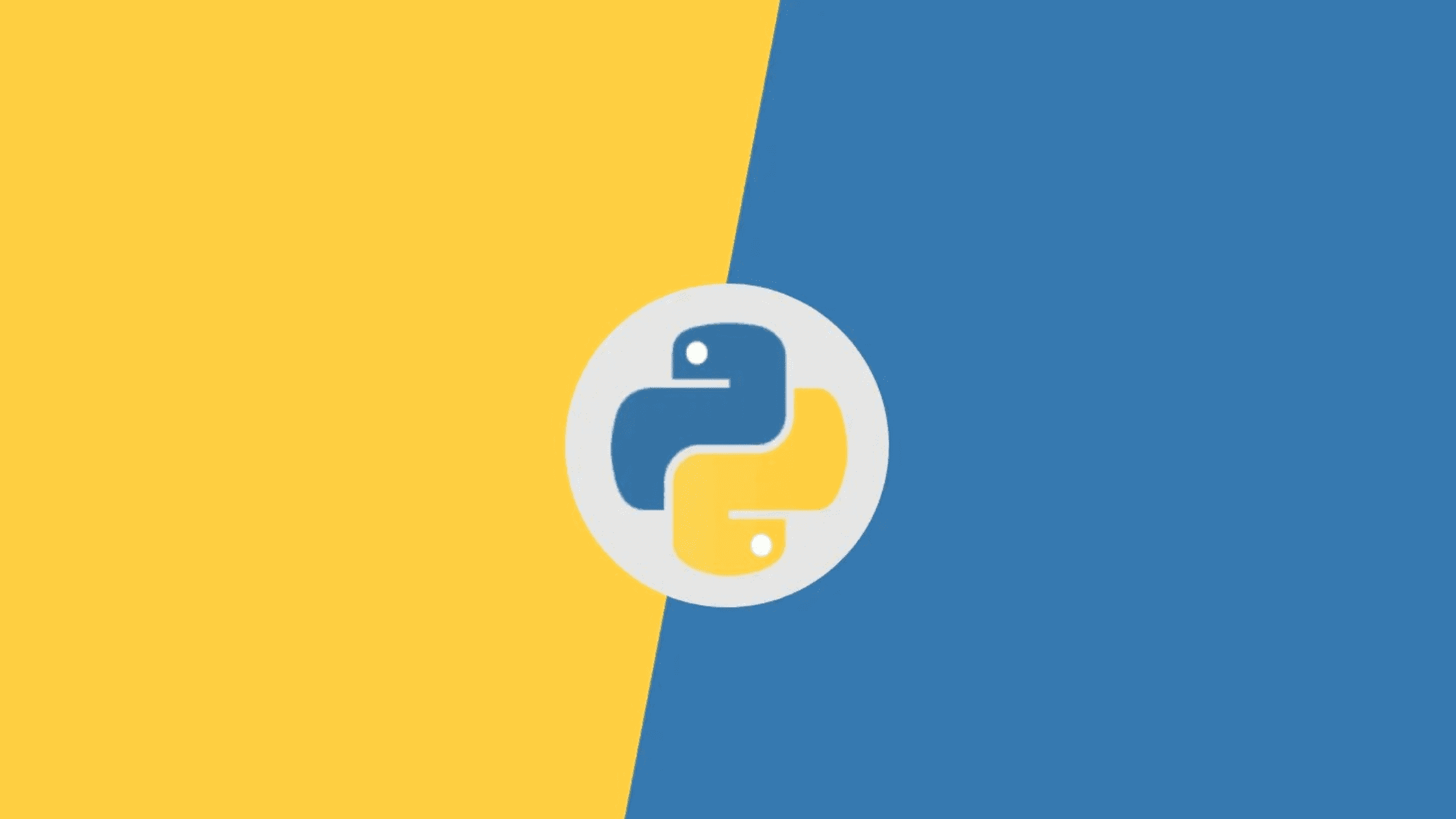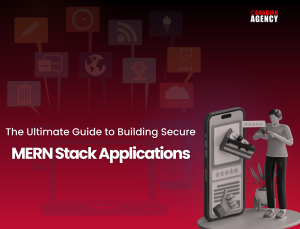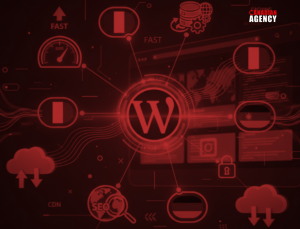Python has been a popular programming language among developers because of its ease of use, adaptability, and robust ecosystem. Many Tech giants like Google, Netflix, Instagram, Spotify use Python for web development. Python frameworks play a crucial role in simplifying and accelerating web development processes. This article explores prominent Python frameworks for web development that empower developers to efficiently build dynamic and scalable web applications.
Popular Python frameworks for Web Development 2024
1. Django
Django is a high-level best Python web framework that encourages rapid back-end development and clean, pragmatic design. It follows the “batteries-included” philosophy and provides developers with a comprehensive toolkit for Develop APIs and web applications.
Features:
- ORM (Object-Relational Mapping): Django includes a powerful ORM that abstracts database interactions, allowing developers to work with database objects using Python syntax.
- Admin Interface: Django provides a built-in admin interface for managing site content, users, and permissions. It automatically generates CRUD (Create, Read, Update, Delete) interfaces for registered models.
- URL Routing: Django uses a URL routing system that maps URLs to view functions or classes, enabling clean and SEO-friendly URL patterns.
- Template System: Django’s template system allows developers to build dynamic HTML pages using a simple and flexible syntax.
- Security Features: Django includes built-in protections against common web vulnerabilities such as SQL injection, cross-site scripting (XSS), and cross-site request forgery (CSRF).
- Scalability: Django’s architecture is designed to scale horizontally, making it suitable for handling high traffic and large datasets.
- Community and Ecosystem: Django has a large and active community of developers who contribute to plugins, extensions, and tutorials, as well as a rich ecosystem of third-party libraries and tools.
2. CherryPy
CherryPy is a minimalist web framework for Python that prioritizes simplicity and elegance. It provides developers with a clean and intuitive API for building web applications.
Features:
- Minimalistic Design: CherryPy’s design philosophy emphasizes simplicity and minimalism, making it easy to learn and use.
- WSGI Compliance: CherryPy follows the WSGI (Web Server Gateway Interface) specification, making it compatible with many web servers and deployment options.
- URL Routing: CherryPy includes a built-in routing system for mapping URLs to handler functions or methods.
- Session Management: CherryPy provides built-in support for managing user sessions and cookies.
- Template Engines: CherryPy can be integrated with various template engines, such as Jinja2 and Mako, to generate dynamic HTML content.
- Flexible Configuration: CherryPy allows developers to configure application settings and options using configuration files or Python code.
- Extensibility: CherryPy’s modular architecture and extensibility make adding new features and functionality to web applications accessible.
3. Pyramid
Pyramid is a lightweight and highly flexible web framework for Python that prioritizes scalability and extensibility. It provides developers a solid foundation for building simple and complex web applications.
Features:
- Flexibility: Pyramid’s modular architecture and minimalistic design allow developers to choose their preferred tools and libraries, enabling greater flexibility and control over the development process.
- Scalability: Pyramid is designed to scale seamlessly, making it suitable for building both small-scale applications and large-scale enterprise solutions.
- URL Dispatch: Pyramid includes a powerful URL dispatch system for routing requests to view functions or classes based on URL patterns.
- Template Rendering: Pyramid supports templating engines like Jinja2 and Chameleon for generating dynamic HTML content.
- Authentication and Authorization: Pyramid provides built-in support for implementing authentication and authorization mechanisms, allowing developers to secure their web applications.
- Session Management: Pyramid includes built-in support for managing user sessions and cookies and integration with third-party session stores like Redis and Memcached.
- Testing Support: Pyramid provides tools and utilities for writing unit tests and functional tests for web applications, making it easy to ensure the quality and reliability of code.

4. Grok
Grok is a web application framework based on the Zope and Grok toolkits. It prioritizes convention over configuration principles, allowing developers to focus on writing application logic rather than boilerplate code.
Features:
- Convention over Configuration: Grok uses sensible defaults and conventions to reduce the configuration and boilerplate code required to build web applications.
- Component Architecture: Grok is based on a component architecture that encourages modularity and code reuse, making it easy to build and maintain complex web applications.
- Automatic Resource Discovery: Grok automatically discovers and registers components based on naming conventions and directory structure, reducing the need for explicit configuration.
- Templating Support: Grok supports various templating engines like Zope Page Templates and Jinja2 for generating dynamic HTML content.
- Security Features: Grok includes built-in protections against common web vulnerabilities such as SQL injection, XSS, and CSRF, making it easy to build secure web applications.
- Testing Support: Grok provides tools and utilities for writing unit tests and functional tests for web applications, ensuring the reliability and quality of code.
5. TurboGears
TurboGears is a full-stack web framework that combines the best features of several other frameworks, including Django, SQLAlchemy, and Pylons. It provides developers with a cohesive toolkit for building scalable and maintainable web applications.
Features:
- Full-Stack Framework: TurboGears is a full-stack web framework that includes all the components needed to build web applications, including ORM, templating engine, URL routing, and authentication.
- Component-Based Architecture: TurboGears is based on a component-based architecture that encourages modularity and code reuse, making it easy to build and maintain complex web applications.
- Integration with SQLAlchemy: TurboGears integrates smoothly with SQLAlchemy, allowing developers to work with database objects using Python syntax and expressions.
- Flexible Templating: TurboGears supports various templating engines, such as Genshi and Mako, for generating dynamic HTML content, allowing developers to choose their preferred template engine.
- Authentication and Authorization: TurboGears provides built-in support for implementing authentication and authorization mechanisms, allowing developers to secure their web applications.
- Testing Support: TurboGears includes tools and utilities for writing unit tests and functional tests for web applications, ensuring the reliability and quality of code.
6. Web2Py
Web2Py is an open-source web framework designed to rapidly develop secure and portable web applications. Its web-based IDE (Integrated Development Environment) makes it easy for developers to get started without the need for additional setup.
Features:
- Rapid Development: Web2Py emphasizes rapid development, providing developers with tools and utilities for quickly prototyping and building web applications.
- Web-Based IDE: Web2Py includes a web-based IDE that allows developers to write, test, and debug code directly in the browser without needing external tools or editors.
- Database Abstraction Layer: Web2Py includes a database abstraction layer that supports multiple database backends, allowing developers to work with different database systems using a unified API.
- Security Features: Web2Py includes built-in protections against common web vulnerabilities such as SQL injection, XSS, and CSRF, making it easy to build secure web applications.
- Cross-Platform Compatibility: Web2Py is cross-platform compatible and can run on various operating systems, including Windows, macOS, and Linux.
- Internationalization and Localization: Web2Py includes built-in support for internationalization and localization, allowing developers to build web applications that support multiple languages and locales.
7. Flask
Flask is a microframework for Python that prioritizes simplicity and minimalism. It provides developers with the essential tools for building web applications without imposing unnecessary constraints.
Features:
- Minimalistic Design: Flask’s minimalist design and intuitive API make it easy to learn and use, especially for developers who are new to web development.
- URL Routing: Flask includes a simple yet powerful routing system for mapping URLs to view functions or classes, enabling clean and elegant URL patterns.
- Template Rendering: Flask supports various templating engines, like Jinja2, for generating dynamic HTML content, allowing developers to build complex web pages quickly.
- Extensions: Flask supports extensions, allowing developers to add functionality to their applications, such as authentication, database integration, and API development.
- WSGI Compliance: Flask follows the WSGI (Web Server Gateway Interface) specification, making it compatible with many web servers and deployment options.
- Testing Support: Flask provides tools and utilities for writing unit tests and functional tests for web applications, ensuring the reliability and quality of code.
8. Bottle
Bottle is a fast, simple, and lightweight WSGI (Web Server Gateway Interface) microweb framework for Python. It is designed to be easy to learn and use, making it ideal for beginners and experienced developers.
Features:
- Minimalistic Design: Bottle’s minimalist design and intuitive API make it easy to learn and use, especially for developers new to web development.
- Single-File Applications: Bottle allows developers to define entire web applications in a single Python file, making it easy to distribute and deploy applications.
- Routing: Bottle includes a simple routing system for mapping URLs to handler functions, enabling clean and elegant URL patterns.
- Template Rendering: Bottle supports templating engines like Jinja2 and Mako for generating dynamic HTML content, allowing developers to build complex web pages quickly.
- Built-in HTTP Server: Bottle includes a built-in HTTP server for testing and development, making it easy to start without additional setup.
- Extensions: Bottle supports extensions, allowing developers to add functionality to their applications, such as authentication, database integration, and API development.
9. Tornado
Tornado is a scalable, non-blocking web server and web application framework for handling high concurrency. It is well-suited for real-time web applications requiring long-lived connections, such as chat and streaming services.
Features:
- Asynchronous I/O: Tornado uses an asynchronous I/O event loop to handle incoming requests efficiently, making it suitable for handling high traffic and large numbers of concurrent connections.
- Non-Blocking Architecture: Tornado’s non-blocking architecture allows it to handle thousands of simultaneous connections with low latency, making it ideal for real-time web applications.
- WebSocket Support: Tornado includes built-in support for WebSocket protocols, allowing developers to build real-time web applications that require bi-directional communication between clients and servers.
- Security Features: Tornado includes built-in protections against common web vulnerabilities such as SQL injection, XSS, and CSRF, making it easy to build secure web applications.
- Scalability: Tornado is designed to scale horizontally, making it suitable for handling high traffic and large concurrent connections.
- Testing Support: Tornado provides tools and utilities for writing unit tests and functional tests for web applications, ensuring the reliability and quality of code.
10. BlueBream
BlueBream, formerly known as Zope 3, is a component-based web application framework that emphasizes reusability and modularity. It provides developers with a flexible platform for building custom web applications tailored to their specific requirements.
Features:
- Component-Based Architecture: BlueBream is based on a component-based architecture that encourages reusability and modularity, making it easy to build and maintain complex web applications.
- Flexibility: BlueBream’s modular design and flexible architecture allow developers to choose their preferred tools and libraries, enabling greater flexibility and control over the development process.
- Integration with Zope Toolkit: BlueBream integrates flawlessly with the Zope Toolkit, allowing developers to leverage its extensive collection of libraries and tools for building web applications.
- Security Features: BlueBream includes built-in protections against common web vulnerabilities such as SQL injection, XSS, and CSRF, making it easy to build secure web applications.
- Scalability: BlueBream is designed to scale horizontally, making it suitable for handling high traffic and large numbers of concurrent connections.
- Testing Support: BlueBream provides tools and utilities for writing unit tests and functional tests for web applications, ensuring the reliability and quality of code.
11. Quixote
Quixote is a highly flexible and lightweight web framework for Python that focuses on simplicity and ease of use. It adopts a unique approach to web development, leveraging Python’s strengths while avoiding unnecessary abstractions.
Features:
- Minimalistic Design: Quixote’s minimalist design and intuitive API make it easy to learn and use, especially for developers who are new to web development.
- Simple URL Routing: Quixote includes a simple yet powerful routing system for mapping URLs to handler functions or classes, enabling clean and elegant URL patterns.
- No Global State: Quixote avoids using global state and mutable objects, making reasoning and testing code easier.
- Security Features: Quixote includes built-in protections against common web vulnerabilities such as SQL injection, XSS, and CSRF, making it easy to build secure web applications.
- Scalability: Quixote is designed to scale horizontally, making it suitable for handling high traffic and large numbers of concurrent connections.
- Testing Support: Quixote provides tools and utilities for writing unit tests and functional tests for web applications, ensuring the reliability and quality of code.
12. Hug
Hug is a modern Python framework for building APIs quickly and efficiently. It prioritizes developer productivity and ease of use by providing a simple and intuitive interface for defining API endpoints and handling request/response serialization.
Features:
- Simple API Definition: Hug allows developers to define API endpoints using a simple and intuitive syntax, making it easy to get started with API development.
- Automatic Documentation: Hug automatically generates API documentation based on the defined endpoints, making it easy for developers to document and share their APIs.
- Request/Response Serialization: Hug provides built-in support for request/response serialization, allowing developers to handle data in various formats such as JSON, XML, and form-encoded data.
- Testing Support: Hug includes tools and utilities for writing unit tests and functional tests for APIs, ensuring the reliability and quality of code.
- Performance: Hug is designed for high performance, with minimal overhead and low latency, making it suitable for building APIs that require fast response times.
- Security Features: Hug includes built-in protections against common API vulnerabilities such as SQL injection, XSS, and CSRF, making it easy to build secure APIs.
13. Circuits
Circuits is a lightweight and flexible web framework for Python that focuses on simplicity and performance. It provides developers a simple and intuitive API for building web applications without unnecessary abstractions.
Features:
- Minimalistic Design: Circuits’ minimalist design and intuitive API make it easy to learn and use, especially for developers who are new to web development.
- Event-Driven Architecture: Circuits is based on an event-driven architecture, allowing developers to build responsive and scalable web applications that can handle high traffic and large numbers of concurrent connections.
- Asynchronous I/O: Circuits use asynchronous I/O to handle incoming requests efficiently, making it suitable for building real-time web applications.
- Security Features: Circuits include built-in protections against common web vulnerabilities such as SQL injection, XSS, and CSRF, making it easy to build secure web applications.
- Scalability: Circuits are designed to scale horizontally, making them suitable for handling high traffic and large numbers of concurrent connections.
- Testing Support: Circuits provides tools and utilities for writing unit tests and functional tests for web applications, ensuring the reliability and quality of code.
Final Words
Python frameworks offer various options for web developers, catering to different requirements and preferences. Whether you prioritize simplicity, scalability, flexibility, or performance, there is a Python framework that fits your needs.
By leveraging the power of these frameworks, developers can simplify the web development process and deliver robust, feature-rich applications to users. From Django’s comprehensive feature set to Flask’s minimalist approach, each framework brings its strengths to the table, empowering developers to build dynamic and scalable web applications efficiently.




